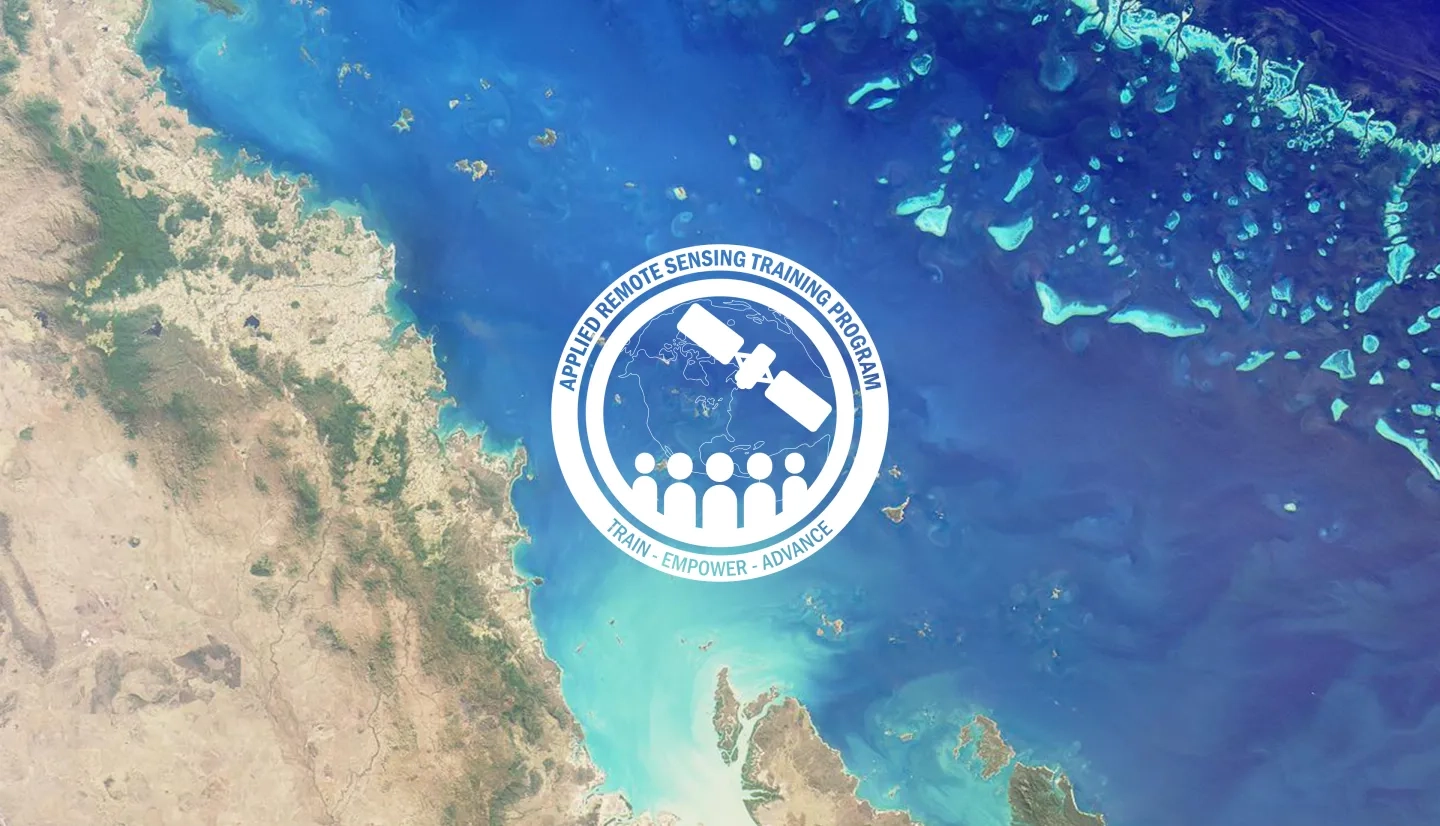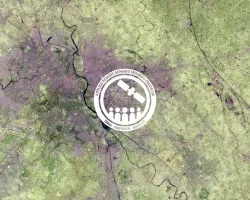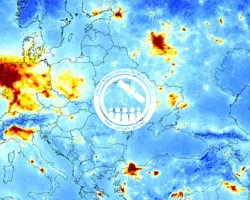Description
August 25, September 1, and September 8, 2020
Coastal and marine ecosystems serve key roles for carbon storage, nutrients and materials cycling, as well as reservoirs of biodiversity. They also provide ecosystems services such as sustenance for millions of people, coastal protection against wave action, and recreational activities. Remote sensing of coastal and marine ecosystems is particularly challenging. Up to 90% of the signal received by the sensors in orbit comes from the atmosphere. Additionally, dissolved and suspended constituents in the water column attenuate most of the light received through absorption or scattering. When it comes to retrieving information about shallow water ecosystems, even in the clearest waters under the clearest skies, less than 10% of the signal originates from the water and its bottom surface. Users, particularly those with little remote sensing experience, stand to benefit from this training covering some of the difficulties associated with remote sensing of coastal ecosystems, particularly beaches and benthic communities such as coral reefs and seagrass.
By the end of this training, attendees will be able to:
- Identify the different water column components and how they affect the remote sensing signal of shallow-water ecosystems
- Outline existing satellite sensors used for ocean color and shallow-water ecosystem characterization
- Understand the interaction between water constituents, the electromagnetic spectrum, and the remote sensing signal
- Recognize the different processes used to remove the water column attenuation from the remotely-sensed signal to characterize benthic components
- Summarize techniques for characterizing shoreline beach environments with remotely-sensed data and field methods for beach profiling
Local, regional, state, federal, and non-governmental environmental managers, researchers, and students.
- Three 1-hour sessions
- One Google Form homework
- Click here to view the Spanish sessions
- Introduction to coastal and marine ecosystems
- Overview of sensors for remote sensing of coastal areas
- Q&A
Materials:
- Apparent and inherent optical properties
- Field bio-optical measurements
- Water column corrections
- Deriving bathymetry and benthic characterization from multispectral data
- Validation and calibration of ocean color data
- Q&A
Materials:
- Geophysical components of shorelines
- The parts of a beach
- Field-based measurements in shorelines for image validation
- Image processing and analysis for shoreline characterization
- Q&A
Materials:



